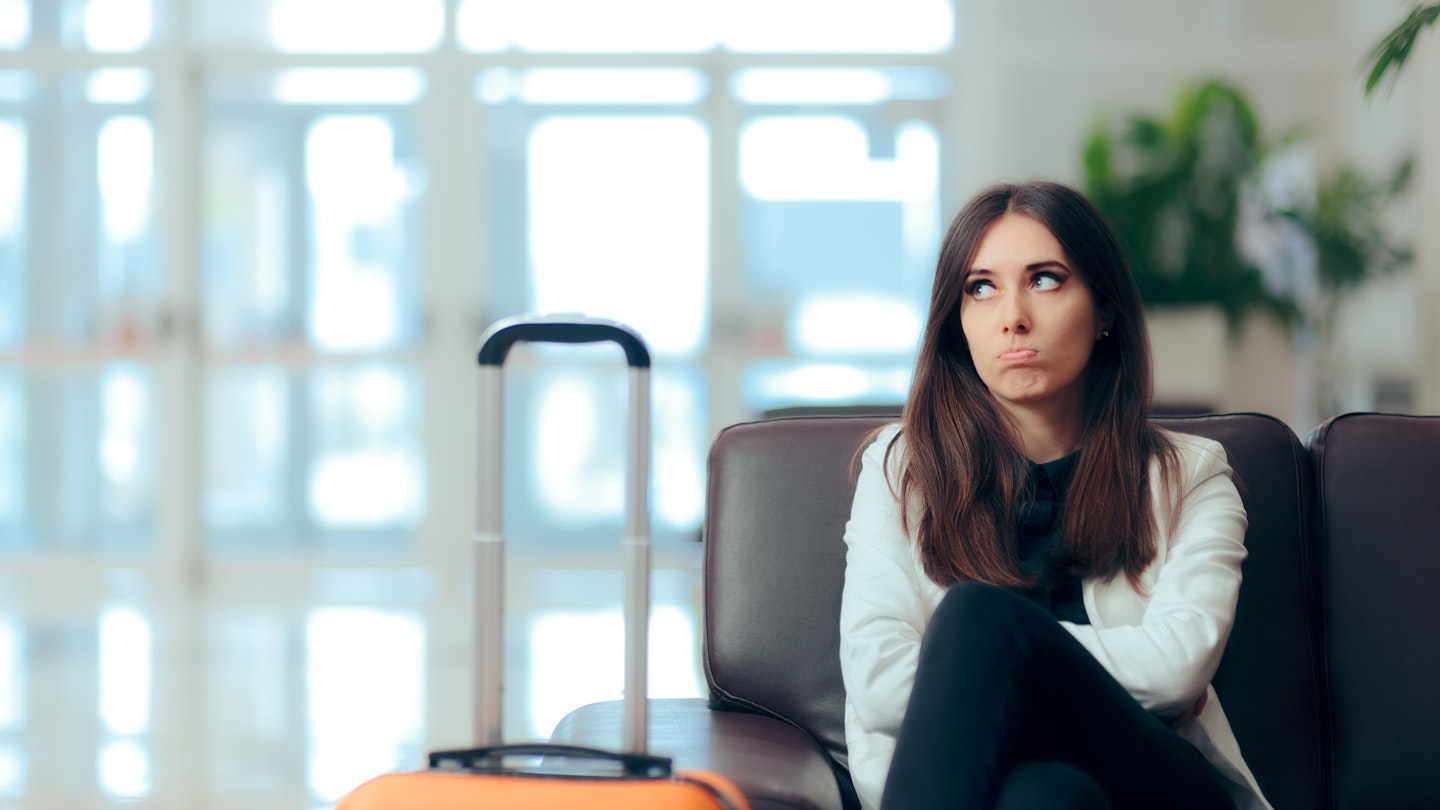Flying on Friday the 13th: Myths vs. Reality
Some passengers avoid flying on Friday the 13th; however, do non-triskaidekaphobes get cheaper tickets as a result? This article explores the truth behind this superstition.

There are many myths in aviation, and the belief that flights are cheaper on Friday the 13th due to superstitious travelers staying home has often made me chuckle. But is this actually the case?
To investigate, I examined the Friday the 13th of November, analyzing several popular routes using Google Flights for standard return trips in economy class. For example, the London to New York route does not feature the lowest fares. In fact, for the month of November, the cheapest flights are €264, available on most Wednesdays, Thursdays, Fridays, and Saturdays.
What about the popular Tokyo to Sapporo route? It appears that several days in November have the same €199 fare. Similarly, the Sydney to Melbourne route remains consistent at €40 for most of the month. For the Seoul to Jeju-do route, Friday the 13th is surprisingly one of the more expensive days. It seems people favor weekend trips to their favorite holiday spots. Even the Mumbai to Delhi flights rank this day as one of the pricier options of the month.
This analysis suggests that while flights might have once been cheaper due to superstitions, this trend has certainly changed. Therefore, if you’re keen on flying on Friday the 13th, go ahead! Just be sure to download one of those cheesy horror films for entertainment or perhaps dress in a fun spooky costume. However, be prepared to gate-check that witch’s hat, and don’t forget to remove your Dracula cape during security checks; a hockey mask, too, might not be the best choice for flying.
If you’re interested in some fun flight trivia, Finnair previously operated flight 666 from Copenhagen to Helsinki, a flight number that famously flew 21 times on a Friday the 13th over the years. Unfortunately, the airline renumbered its flights in 2017, changing it to flight 954, which lacks the same ominous flair.

When Are Flights More Expensive?
Booking flights can be tricky; demand is typically seasonal, and prices are lower when there is reduced desire from business travelers, leisure travelers, and “VFR” travelers who are Visiting Friends and Relatives. Consequently, flying outside of major holidays or events is generally recommended.
For instance, New Orleans during Mardi Gras is notoriously expensive, just as Geneva is during its well-attended motor show in spring, and New York sees a spike in prices during the UN’s General Assembly each autumn.
If you don’t have school-aged children, flying outside of holiday peaks not only ensures a calmer travel experience, but it also contributes positively to travel dynamics: families often have limited options regarding travel timing. Therefore, by avoiding these busy times, you allow for better travel availability for those who must travel during peak times.
However, exercise caution when searching for low-season fares, as sometimes low season is low for a reason. For instance, Japan’s hot and humid tsuyu summers can be overwhelming for those unaccustomed to such weather.

Cheap Travel Periods
Travellers may find that flights to and within the United States are often cheaper between Thanksgiving in late November and the week before Christmas. With these significant travel holidays occurring close together, many individuals do not venture far during this period. If you enjoy beautiful autumn days, this timeframe is ideal for exploring northern regions of the country.
Flying between the US and Europe is generally less costly after the Christmas rush (typically late January) and into early spring. While late January to late March may not be the most pleasant months for a European excursion, visitors can enjoy the tranquil beauty of famous sites with fewer crowds. For example, I once relished a serene trip to Venice during snowy conditions, where St Mark’s Cathedral was nearly deserted, and enjoying hot cappuccinos became a delightful experience.
Spring and autumn usually offer safe bets for travel, yet caution is required to avoid overlapping with school holidays, national events such as Japan’s Golden Week, China’s Spring Festival, and Easter celebrations across Europe. From personal experience, I learned the hard way to avoid visiting Finland during Easter, mistakenly thinking that it wouldn’t disrupt services given its non-Catholic status—only to discover that this period marks a frenzy for cabin getaways on frozen lakes.
Instead of trying to game the system based on superstitions held by others, the best strategy is to rely on your own careful planning.
Airlines typically open their schedules 300-330 days in advance, although some low-cost carriers provide less notice. Generally, prices decrease the earlier you book, but it’s difficult to predict whether a fare might drop later, so plan ahead.
Utilize resources like Google Flights to explore multiple city options during your travel planning. If an event is taking place in London during a weekend, consider flying to Paris instead, spending the weekend there before taking a train to London the following week.





